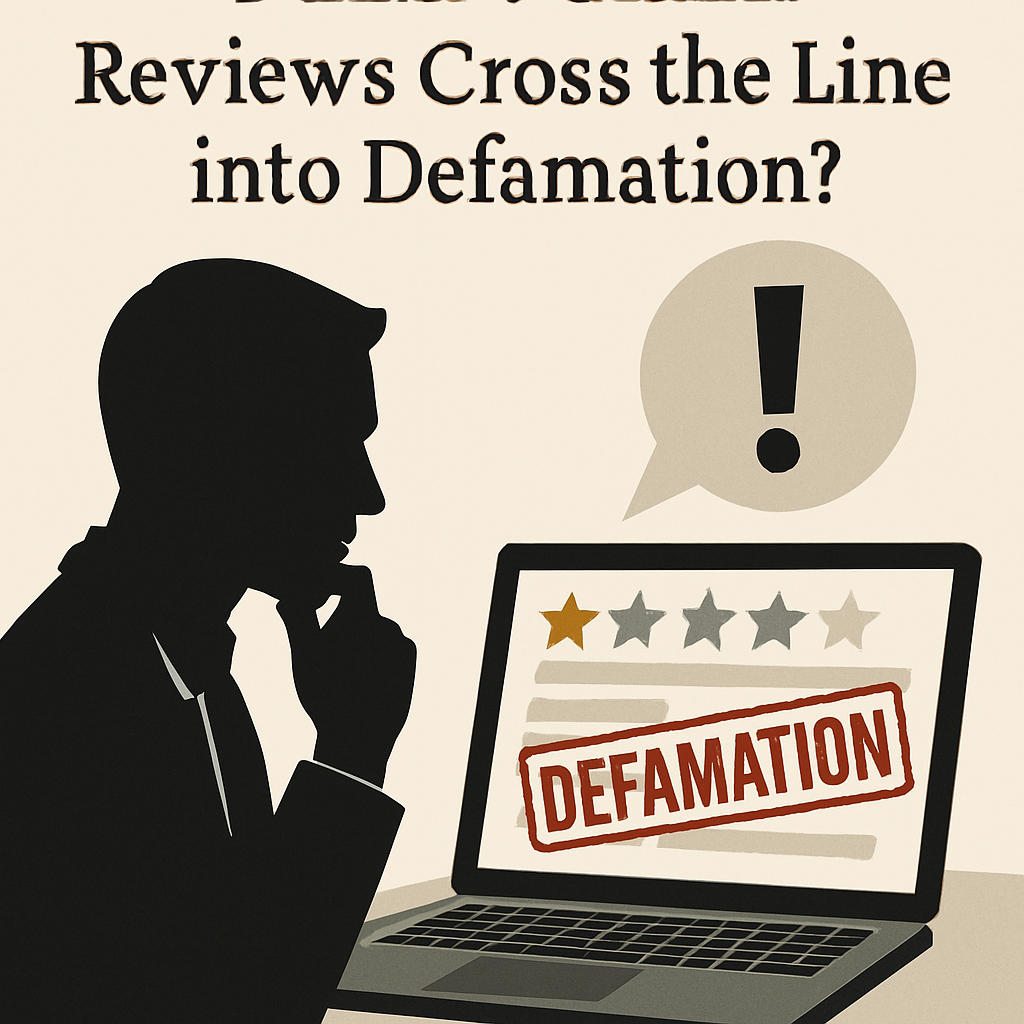Small business owners who form a corporation often create shareholders’ agreements to govern their relationships, protect minority investors, and establish protocols for share transfers. These agreements are particularly common in family businesses or closely-held corporations with just a few shareholders. But what happens when these agreements don’t specify how long they remain in effect? In Texas, a little-known statutory provision can cause shareholders’ agreements to automatically expire after a decade. This “10-year rule” can create significant complications when shareholders attempt to enforce what they believe are still-valid agreements. This typically only applies to agreements entered into prior to September of…
Author: Kreig Mitchell
Commercial Lease Terms for Recovering Attorney’s Fees
Commercial landlords and tenants routinely negotiate detailed lease agreements with provisions designed to protect their interests in case of disputes. These agreements are intended to help avoid litigation. But when litigation arises and business owners have to hire attorneys, they usually want to know who pays the attorney’s fees? While Texas generally follows the “American Rule” where each party bears their own legal costs, commercial leases frequently include fee-shifting provisions that award attorney’s fees to the “prevailing party” in litigation. But what happens when a party “prevails” in a lawsuit but doesn’t recover any monetary damages? Are they a prevailing…
When Do Online Business Reviews Cross the Line into Defamation?
Business owners today operate in a world where online reviews can significantly impact their reputation and bottom line. A single negative review can reach thousands of potential customers within hours. But when does a negative review cross the line from protected consumer speech into actionable defamation? What specific statements in a review might expose customers to legal liability? These questions matter for businesses that rely on their professional reputation and technical expertise. A recent Texas case, Wang v. Guo, No. 03-23-00244-CV (Tex. App.—Austin Mar. 28, 2025), gives us a chance to examine the distinction between protected opinion and potentially defamatory…
When Can Courts Declare Someone a Vexatious Litigant? Texas Law Sets the Bar
Have you ever dealt with someone who seems to file lawsuits as a hobby? Perhaps you’ve heard stories about individuals who repeatedly sue businesses despite consistently losing their cases. For businesses facing such situations, defending against multiple meritless lawsuits can be financially draining and time-consuming. Fortunately, Texas law provides a mechanism to address this problem through Chapter 11 of the Texas Civil Practice and Remedies Code, which allows courts to declare certain individuals as “vexatious litigants.” But what exactly makes someone a vexatious litigant? How high is the bar to receive this designation, and what protections does it provide to…
Choosing Between a Corporation and an LLC for Your Business
Starting a business is a big step, and choosing the right business structure is a critical component of that process. Deciding between a corporation and a limited liability company (LLC) can be a difficult task, as both have their own unique advantages and disadvantages. In this article, we’ll explore the key differences between corporations and LLCs and help you determine which one is right for your business. Advantages and Disadvantages of a Corporation A corporation is a separate legal entity from its owners, which provides liability protection for shareholders. This means that shareholders are only liable for the amount they…
Sole Proprietorship vs LLC: Which is Right for Your Business?
Starting a business is a big decision, and choosing the right business entity is a critical step in that process. Two of the most common business structures are sole proprietorships and limited liability companies (LLCs). There are a number of pros and cons associated with each type. This article will help you understand the differences between the two and determine which one is the best choice for your business. What is a Sole Proprietorship? A sole proprietorship is a business structure where a single individual owns and operates the business. This type of business structure is simple to set up…
Can HOAs Ban “Short-Term Rentals” in Texas?
Neighbors are often not happy with short term rentals in their neighborhoods. Even if the guests are quiet and respectful of the neighborhood setting, just the volume of unknown individuals in the neighboorhood can be unsettling. But investors have rights. They have the right to rent their property to whomever they want. This neighbor vs. investor tension often ends up in disputes in and with the home owners association (“HOA”). In some cases, HOAs go so far as to try to ban short term rentals. But can they do that? The answer gets into deed restrictions and the HOA’s powers.…
Can Fashion Design Qualify for the Research Tax Credit?
Fashion businesses regularly face design challenges when creating new garments. This can involve highly innovative designs and even innovative manufacturing processes. Fashion designers have aesthetic design challenges, like determining the right fabric properties for the design, solving construction problems like proper draping and fit, addressing fabric shrinkage and colorfastness issues, ensuring proper thread selection and seam strength, and adapting standard patterns for different body types. They also have functional design requirements which often include conducting testing to ensure garments perform as intended in real-world conditions, providing adequate range of motion for various physical activities, and maintaining structural integrity and durability…
IRS Cannot Deny Facts for Research Credit Claim After Audit
Many businesses attempting to claim research tax credits find themselves navigating complex documentation requirements. No matter what documentation is provided, the IRS is not likely to accept it. The IRS will always ask for more. But what happens when a taxpayer undergoes an extensive IRS audit of their research credit claim? Can the IRS later assert that the original filing was not detailed enough and prevent the taxpayer from having their day in court on the credits? The recent case of Harper v. United States, 847 Fed.Appx. 408 (9th Cir. 2021), addresses this question by examining whether the IRS waived…
When “Substantially All” Means Nothing at All
Many businesses engaged in innovation seek to recoup their research and development costs through the research tax credit. This tax benefit can significantly reduce a business’s tax liability. The calculation for the credit is complex. As a general rule of thumb, the amount of the credit usually ends up being about eight percent of the qualified expenses that are used to compete the credit. So a business that spends $100,000 a year in qualified expenses, may end up with a 8,000 tax credit. There are a number of hurdles to get this tax benefit. The recent Little Sandy Coal Company,…











